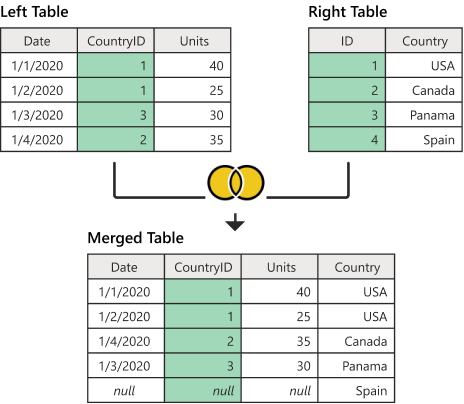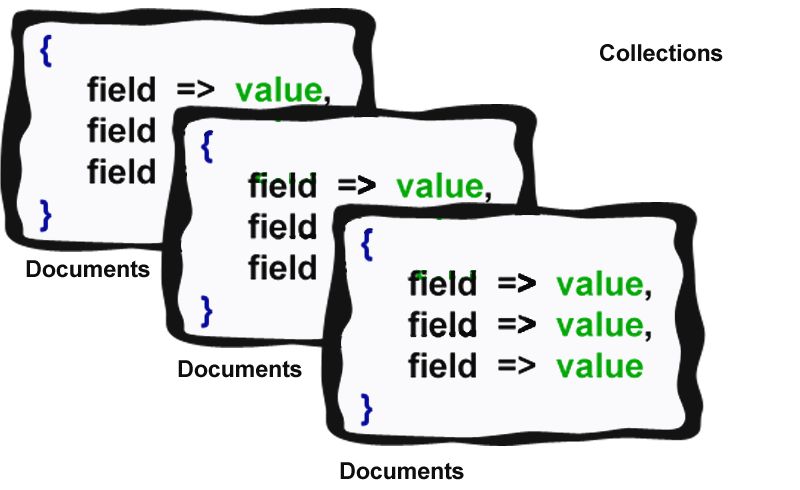Week 4: Monday
Data Literacy
Datastores and Databases
What is a Datastore?
- What do you think?
- Any way to store data.
- A CSV, a JSON file, a database, etc.
Examples of Simple Datastores
Examples of Simple Data stores, cont.
| Title | Author | Year |
|---|---|---|
| The Great Gatsby | F. Scott Fitzgerald | 1925 |
| To Kill a Mockingbird | Harper Lee | 1960 |
| The Catcher in the Rye | J.D. Salinger | 1951 |
| The Grapes of Wrath | John Steinbeck | 1939 |
Examples of Simple Data stores, cont.
[
{
"title": "The Great Gatsby",
"author": "F. Scott Fitzgerald",
"year": 1925
},
{
"title": "To Kill a Mockingbird",
"author": "Harper Lee",
"year": 1960,
},
{
"title": "The Catcher in the Rye",
"author": "J.D. Salinger",
"year": 1951
},
{
"title": "The Grapes of Wrath",
"author": "John Steinbeck",
"year": 1939
}
]Problems with simple Data stores
- Great thing about simple data stores are they are simple files.
- But they are not great for:
- Searching
- Updating
- etc.
- TLDR: They don’t disaggregate the data.
- We cannot combine complicated data.
Problems with simple Data stores, cont.
- They show up in many places where they shouldn’t be.
- Renault One F1 team used Excel to manage their parts & build data store: 77,000 lines of it.
- DO NOT DO THIS!
- Too many accidents waiting to happen.
- No way to efficiently connect parts to builds without eliminating data.
Enter Databases
- Oracle (MySql): “A database is an organized collection of structured data, typically stored electronically in a computer system.”
- For this reason, some consider excel as a possible database.
- Think of data as individual records of structured information.
- Database == Collection of individual records.
- CRUD: Create, Read, Update, Delete.
Database vs Excel Spreadsheet
- Spreadsheet is a file.
- CRUD operations update the file not individual records.
- Database: CRUD operations only impact individual records.
- Excel spreadsheets filter to show only certain records.
- Databases retrieve individual records.
The Filing System—A Paper-Based Database

Types of Databases
- Relationsal Databases (SQL)
- NoSQL Databases
- Document-oriented databases
- Graph Databases
- Others (Key-Value, column-family, etc.) ← We won’t discuss these.
Relational Databases
- SQL: Structured Query Language.
- Tables: Rows and Columns.
- Rows: Records.
- Columns: Fields.
- Joins: Combining tables.
- Relational database == Collection of tables == Collection of records.
- Fundamental rule: do not duplicate data (normalization).
Relational Databases, cont.
- Represented similarly as a spreadsheet.
- Table of parts:
| id | part | company | cost |
|---|---|---|---|
| 1 | Engine | Renault | 1000 |
| 2 | Tires | Pirelli | 500 |
| 3 | Wings | Red Bull | 2000 |
Relational Databases, Joins tables

MongoDB
- NoSQL database.
- Document-oriented database.
- JSON-like documents (BSON).
- No schema.
- No joins.
- No normalization.
- Collections of BSON documents.
- Fundamental rule: If it’s queried together, store it together.
MongoDB, cont.

MongoDB, cont.
- Collection of Parts Documents:
Graph Databases (Neo4j)
- Organizes based on nodes and edges.
- Nodes: Labeled Entities (stores information).
- Edges: Labeled Relationships (stores information).
- No schema.
- No joins.
- No normalization.
- Fundamental rule: (People) - [TRAVEL_TO] -> (Places).
Graph Databases, cont.

Graph Databases, cont.
- Great at recursive queries
- Great at traversing relationships
Recursive query, explained
- Employees table
| id | name | manager_id |
|---|---|---|
| 1 | Alice | null |
| 2 | Bob | 1 |
| 3 | Charlie | 2 |
| 4 | David | 3 |
| 5 | Eve | 1 |
| 6 | Frank | 2 |
- Find all employees who are a part of Bob’s team.
Recursive query, cont.
- Graphs databases find this easily
When to use Which?
| Type | Use Case |
|---|---|
| Relational | Relational data (such as parts that go to a car) |
| MongoDB | Unstructured data, flexibility, non-relational |
| Neo4j | Relationships, traversing relationships, etc. |
Connecting Databases
Using Multiple Databases
- Frequently we mix databases and use them to cross reference one another.
- For example, we might cross-reference census data with crime data.
- Open Data
Public Databases
- Census data is frequently cross-referenced with other data.
- States keep official databases of the geography of the state (roads, borders, county lines etc.)
- Counties keep databases of property ownership (Think Zoom).
Private Partnerships
- Credit reporting agencies.
- Whenever you agree to share your data with third-party partners.